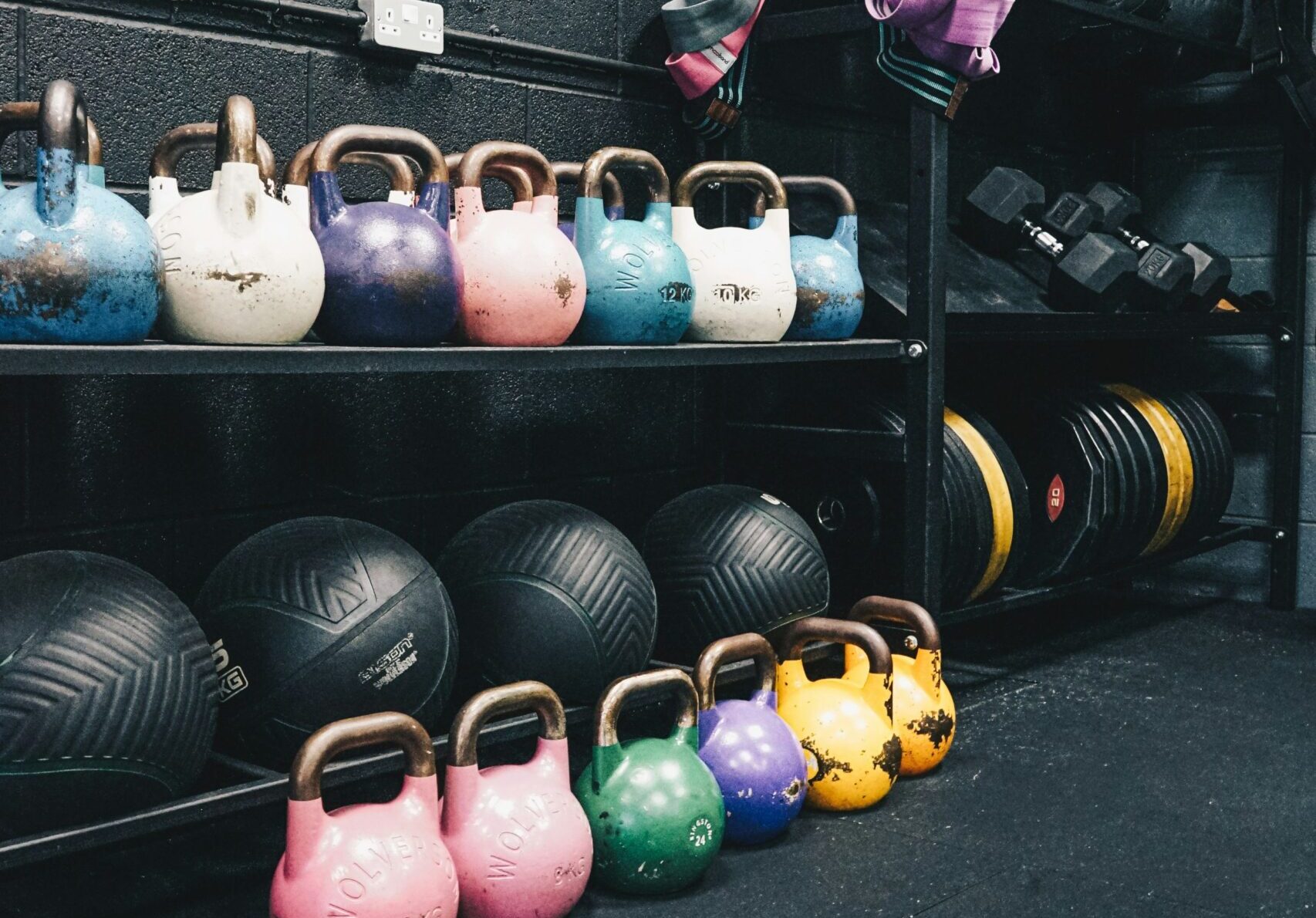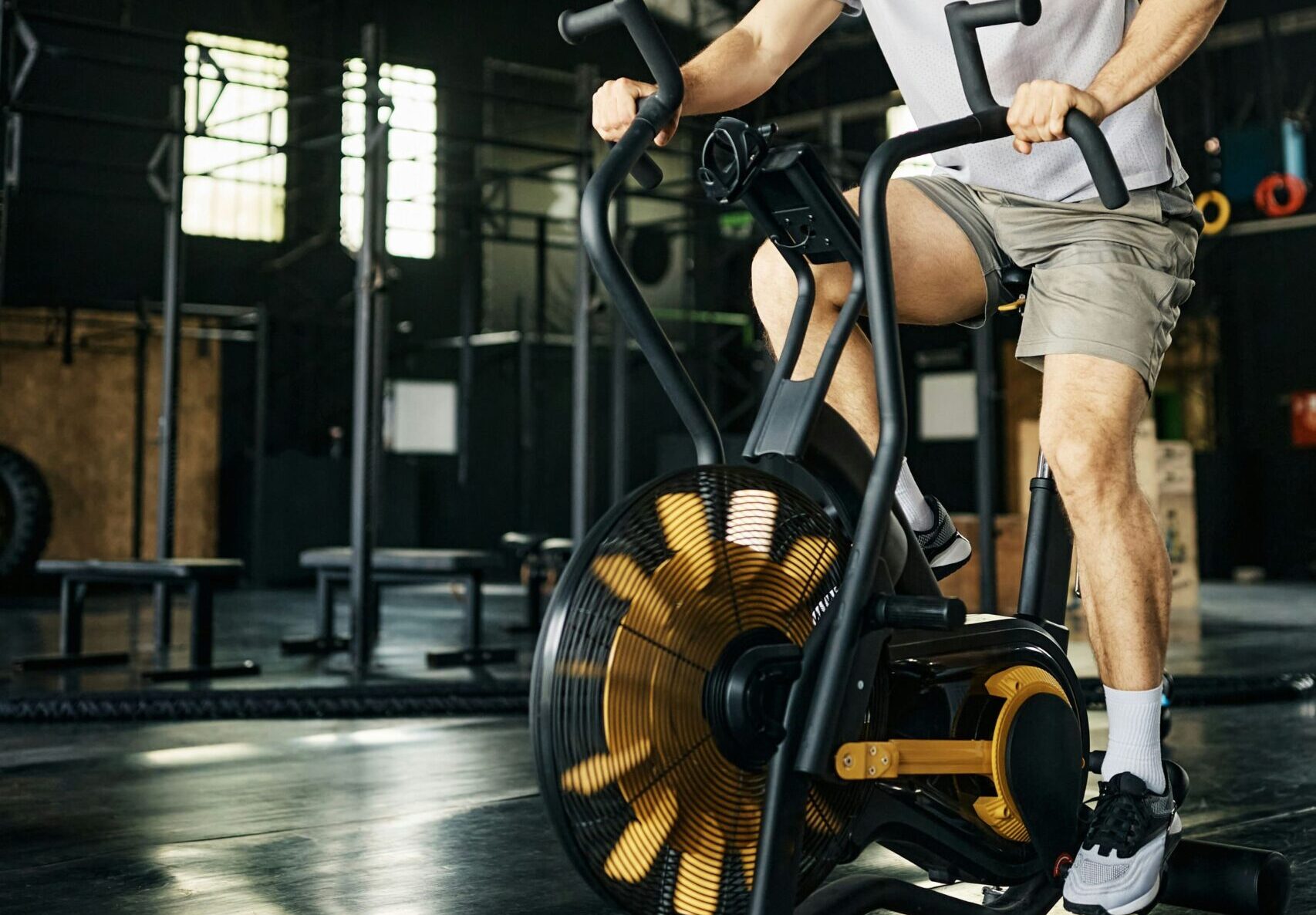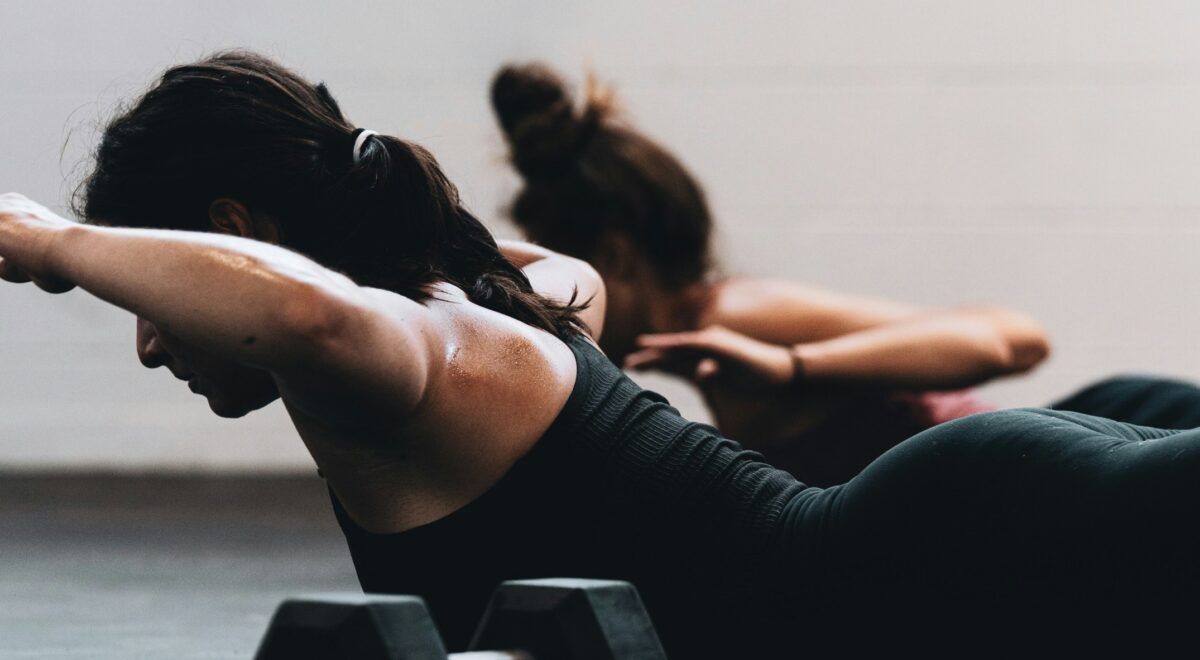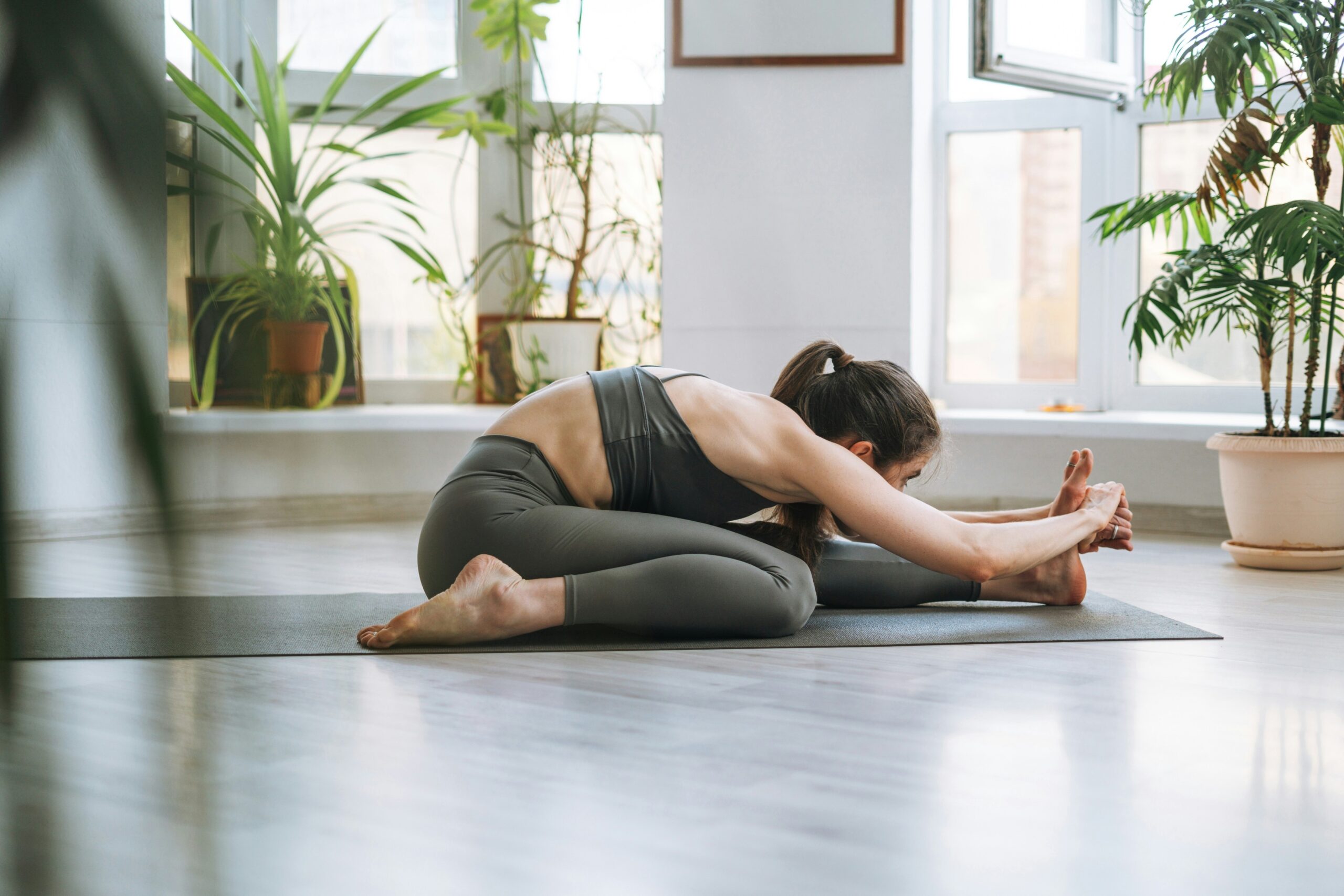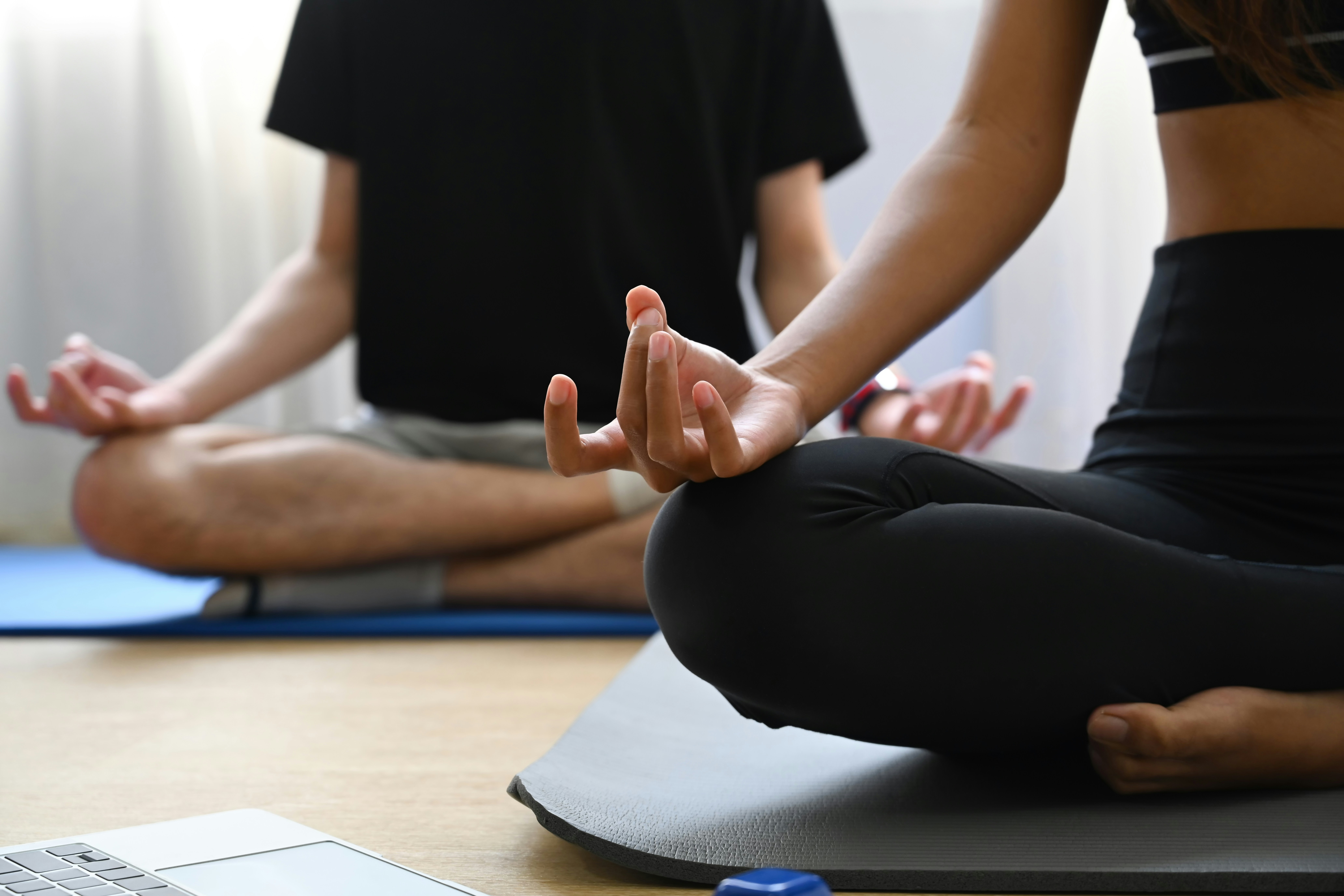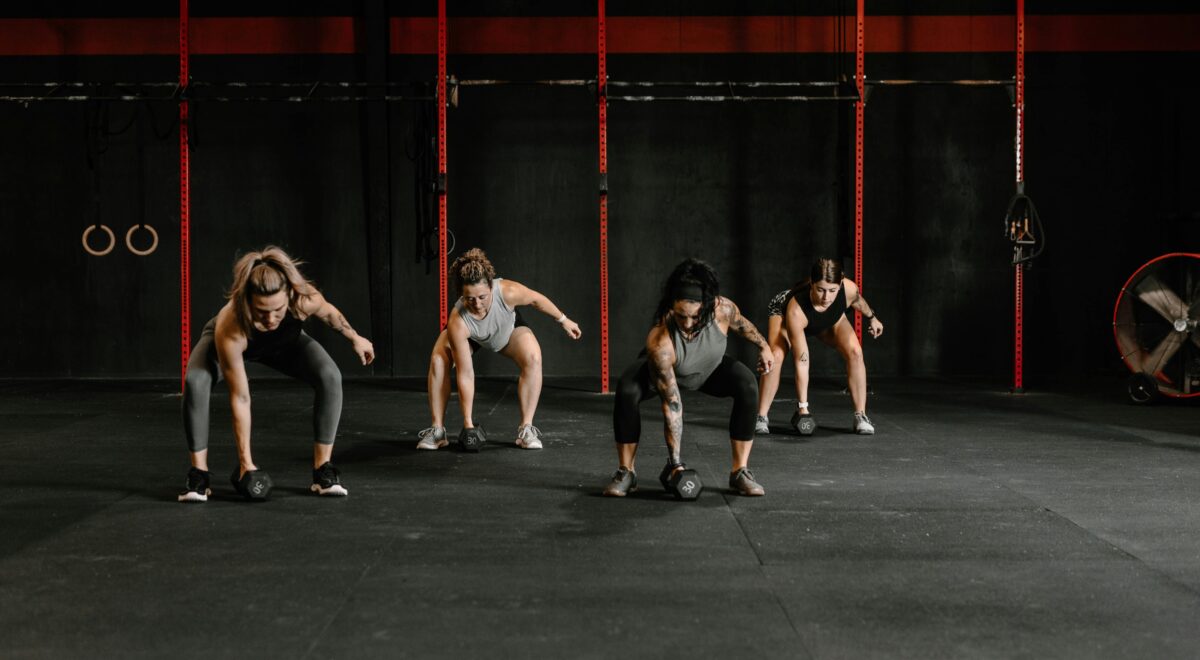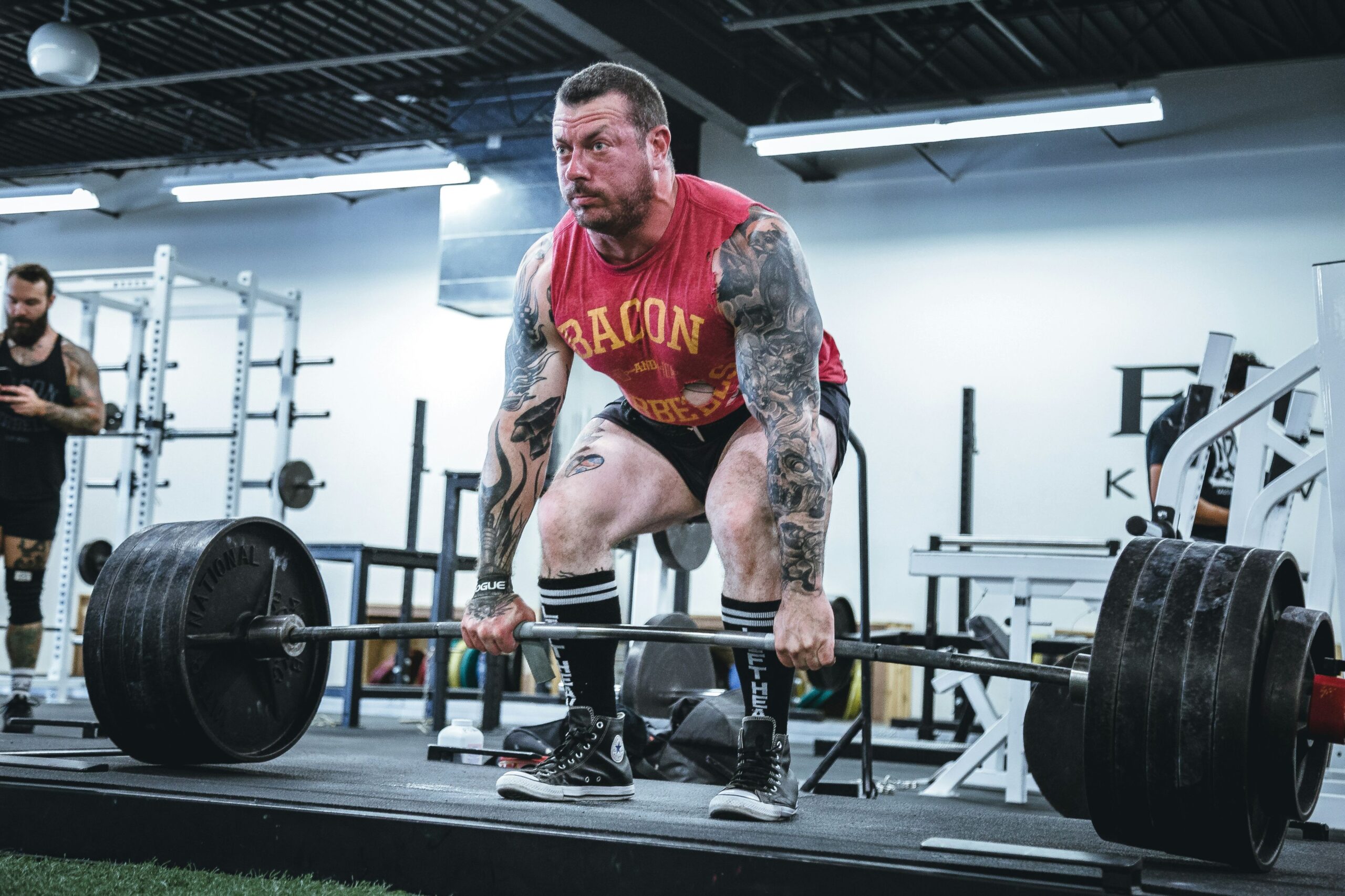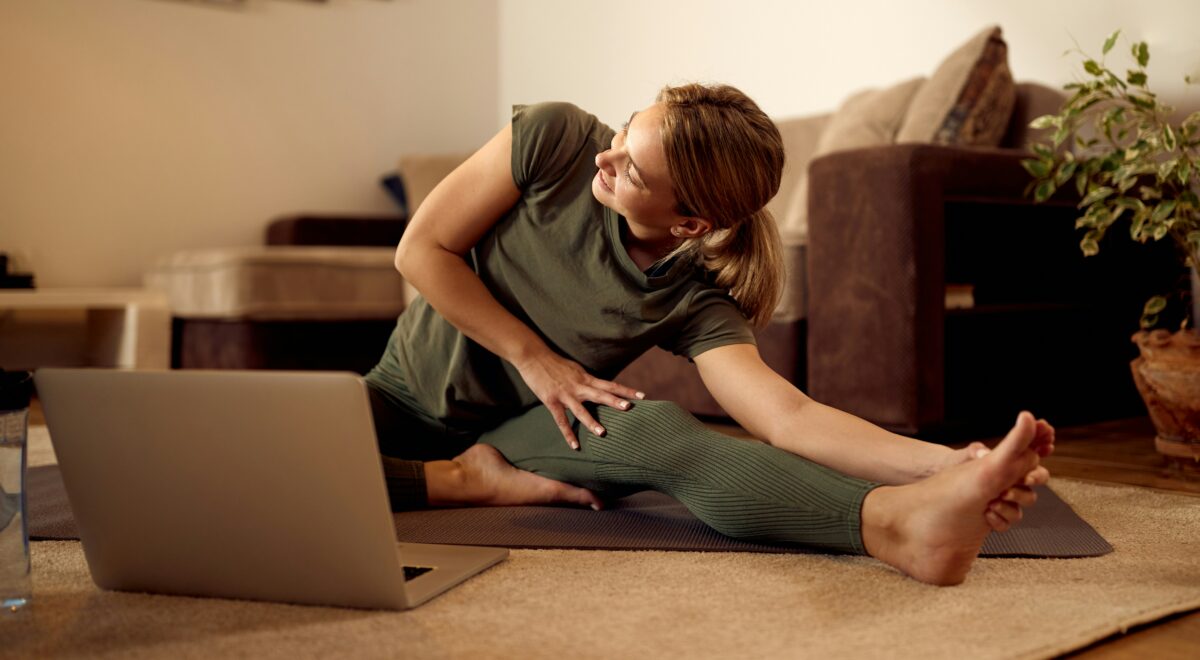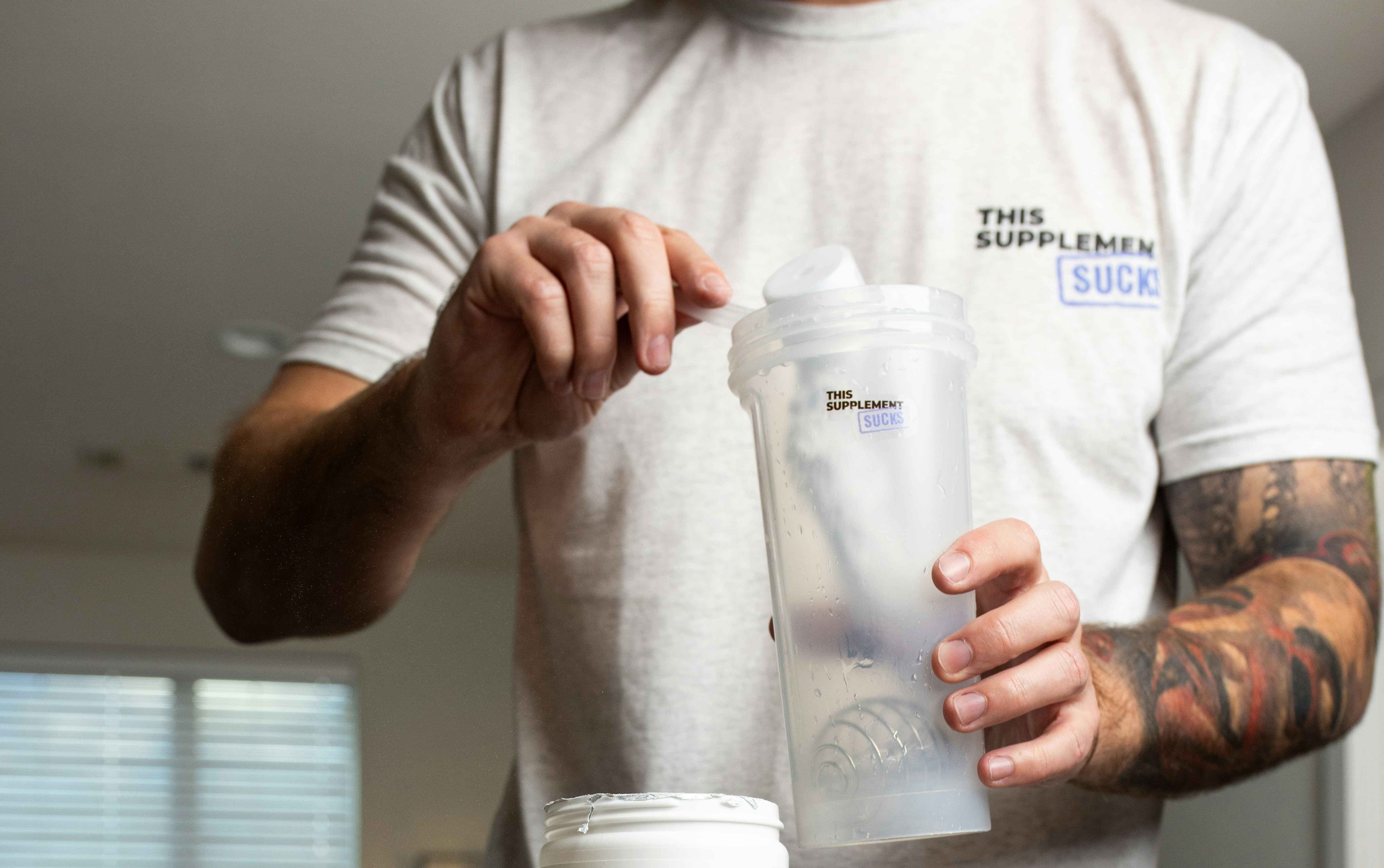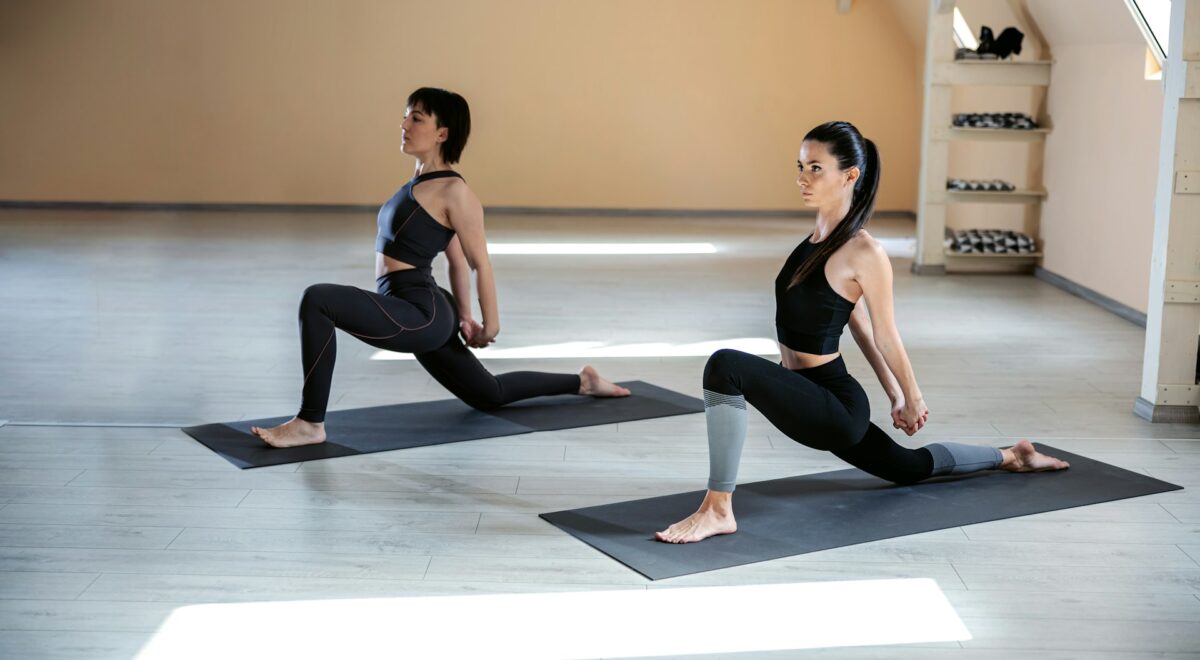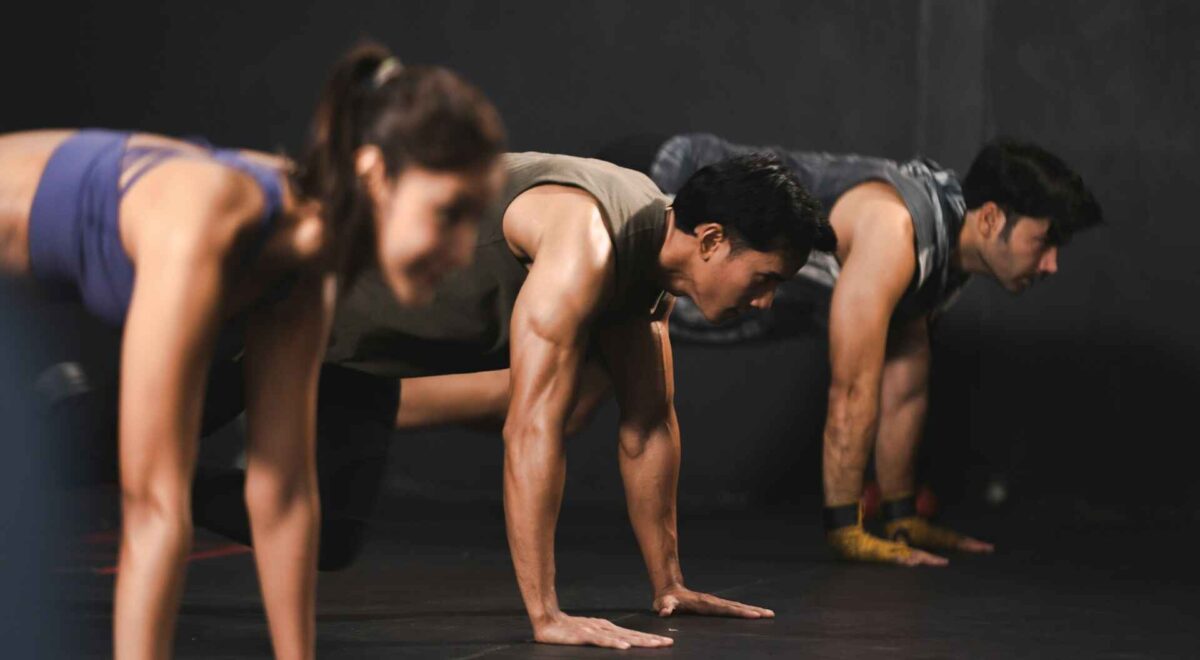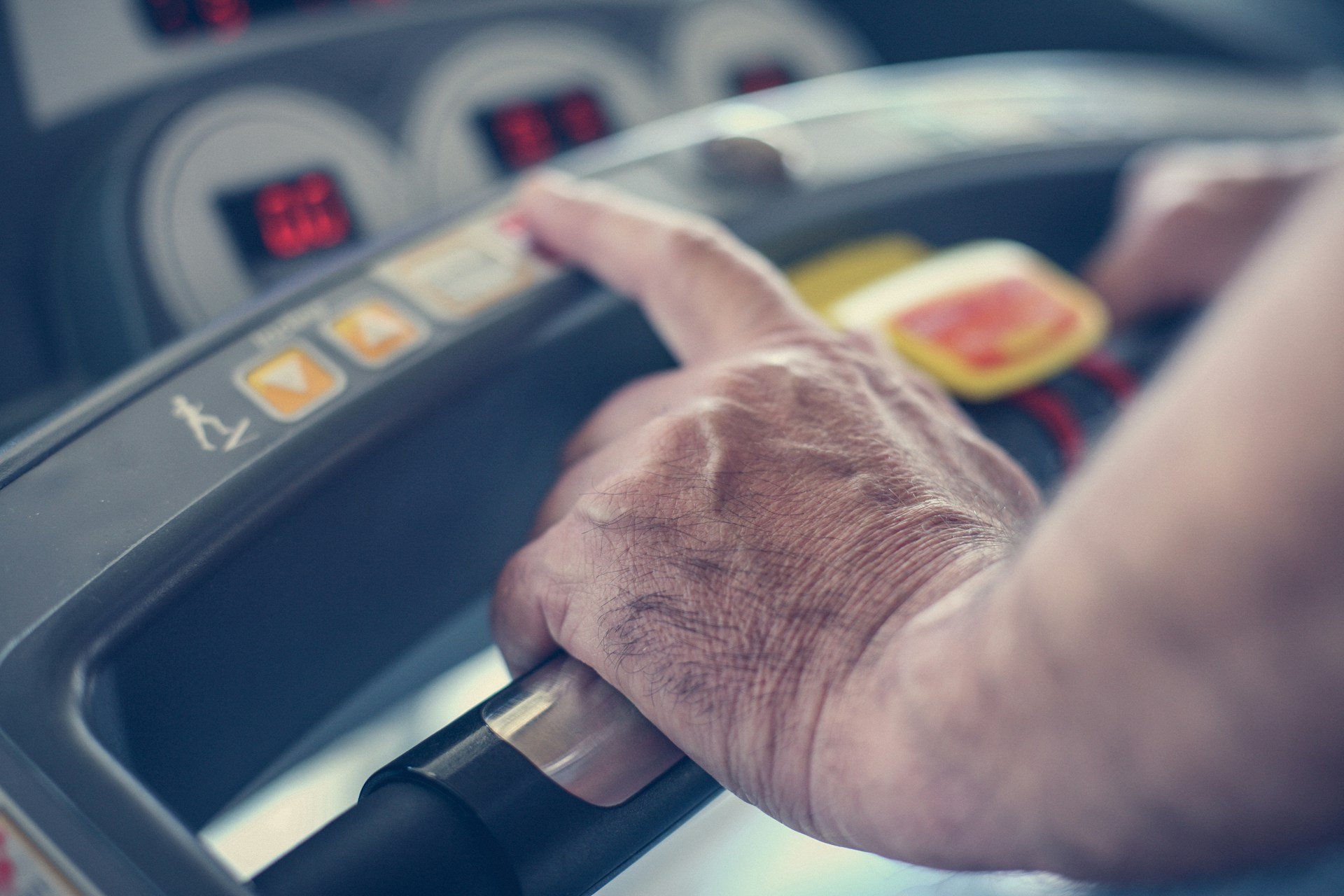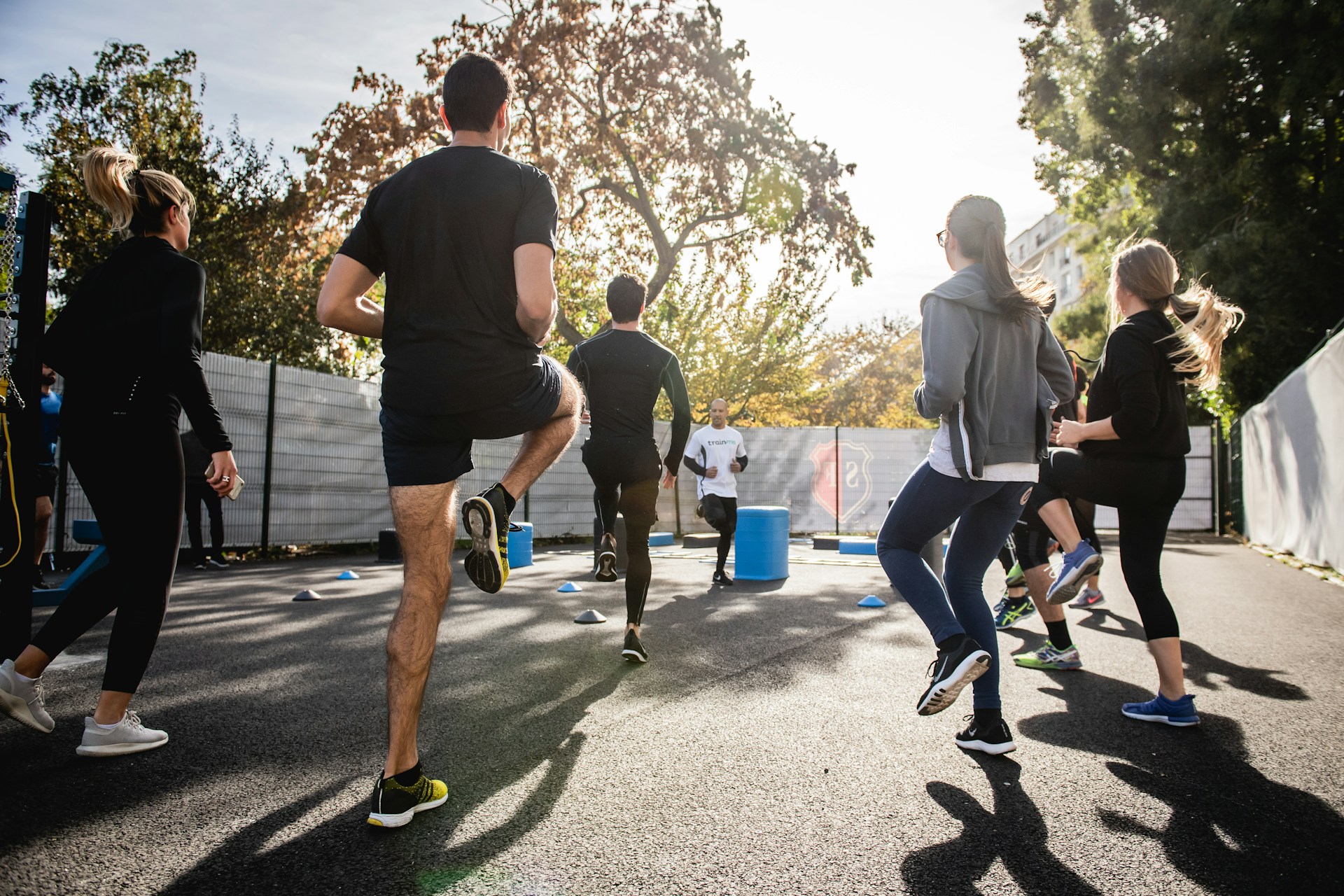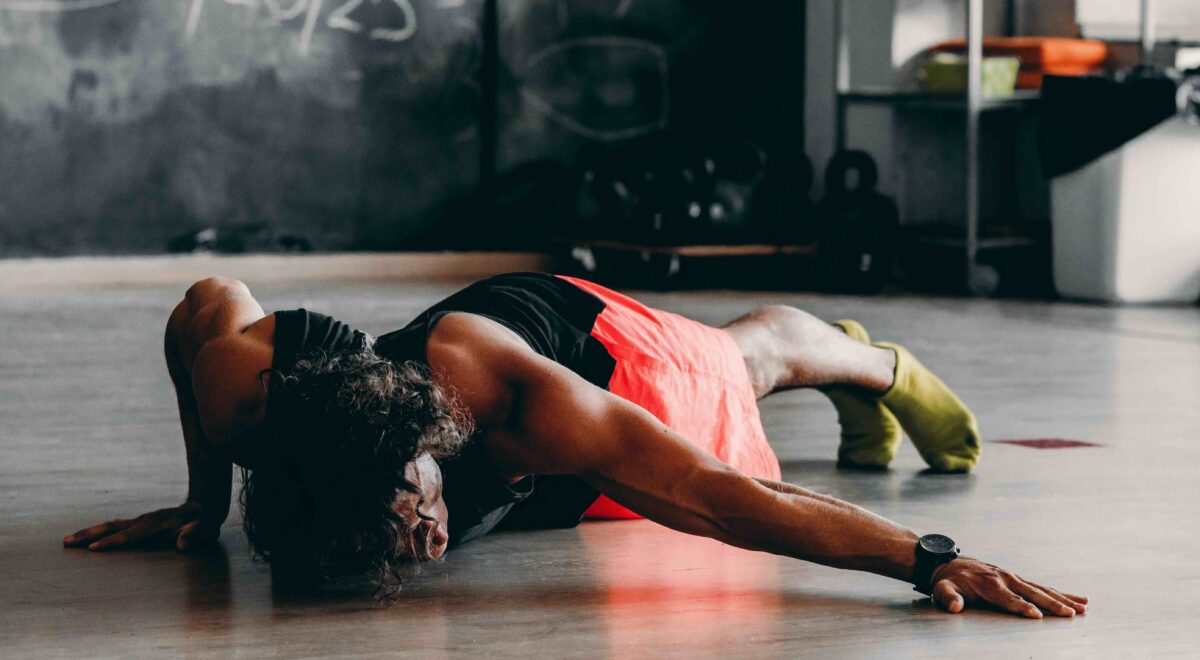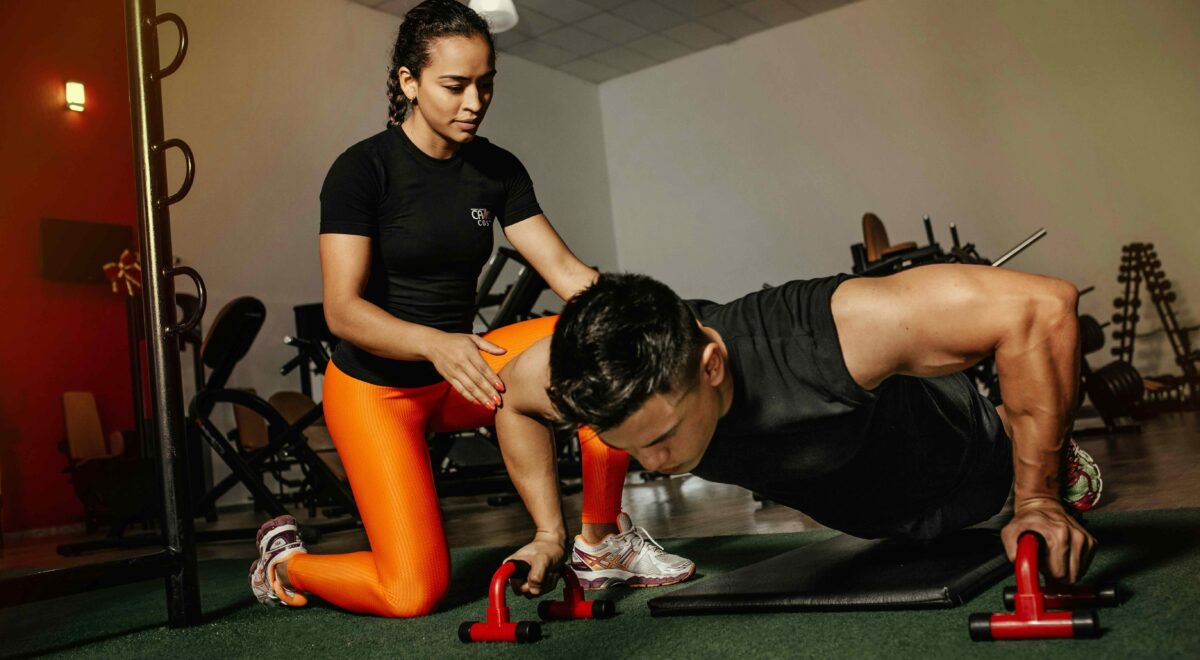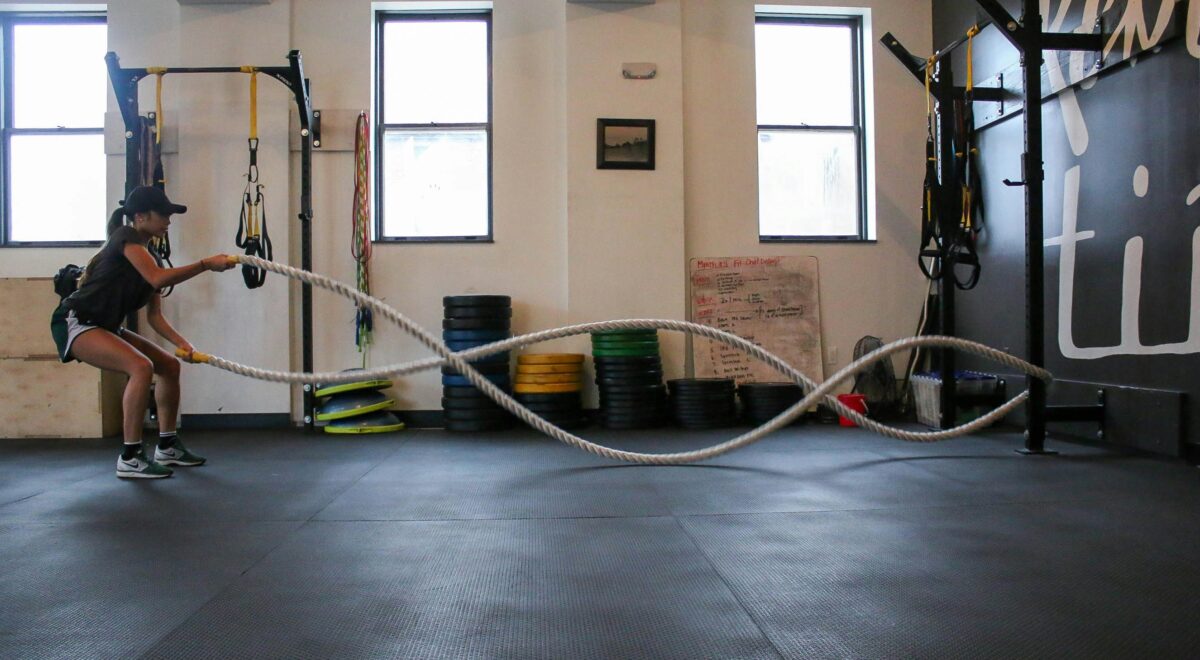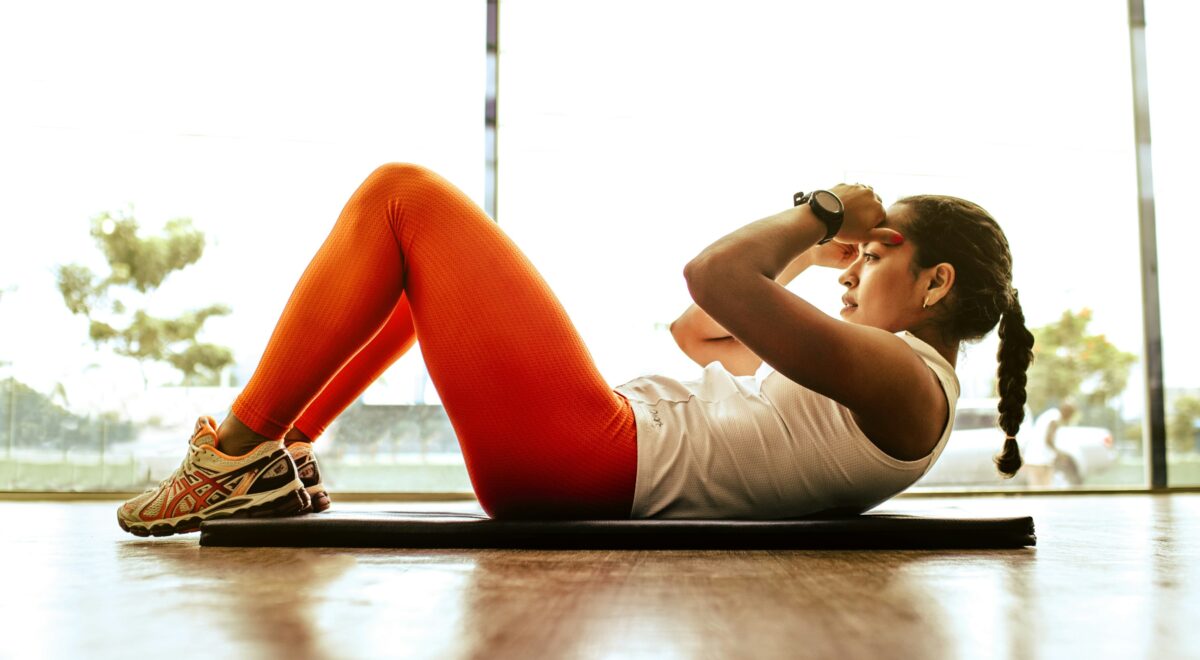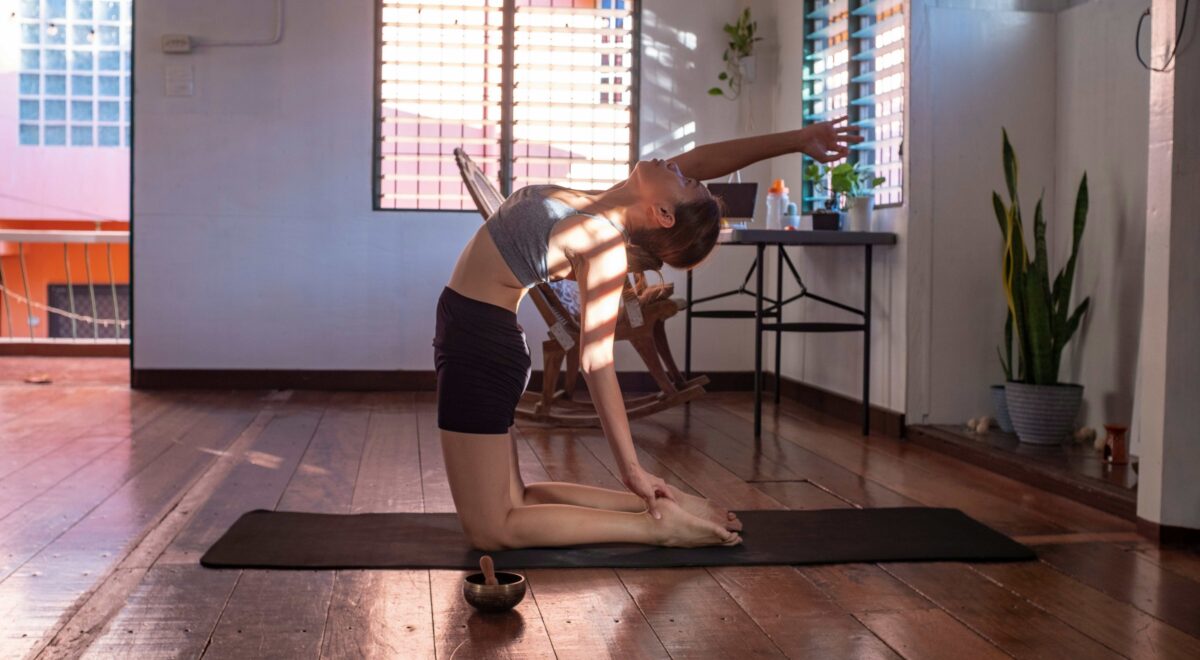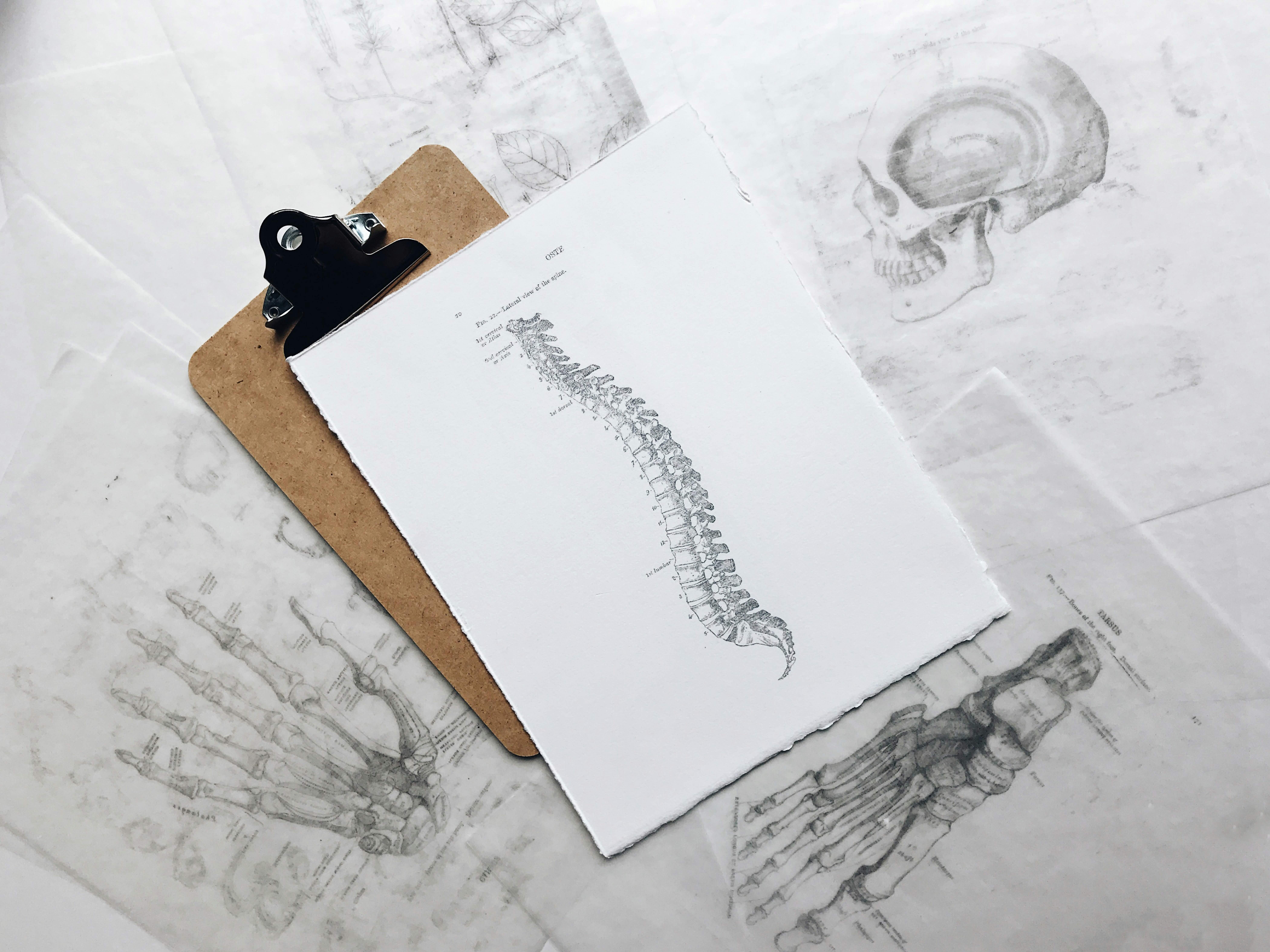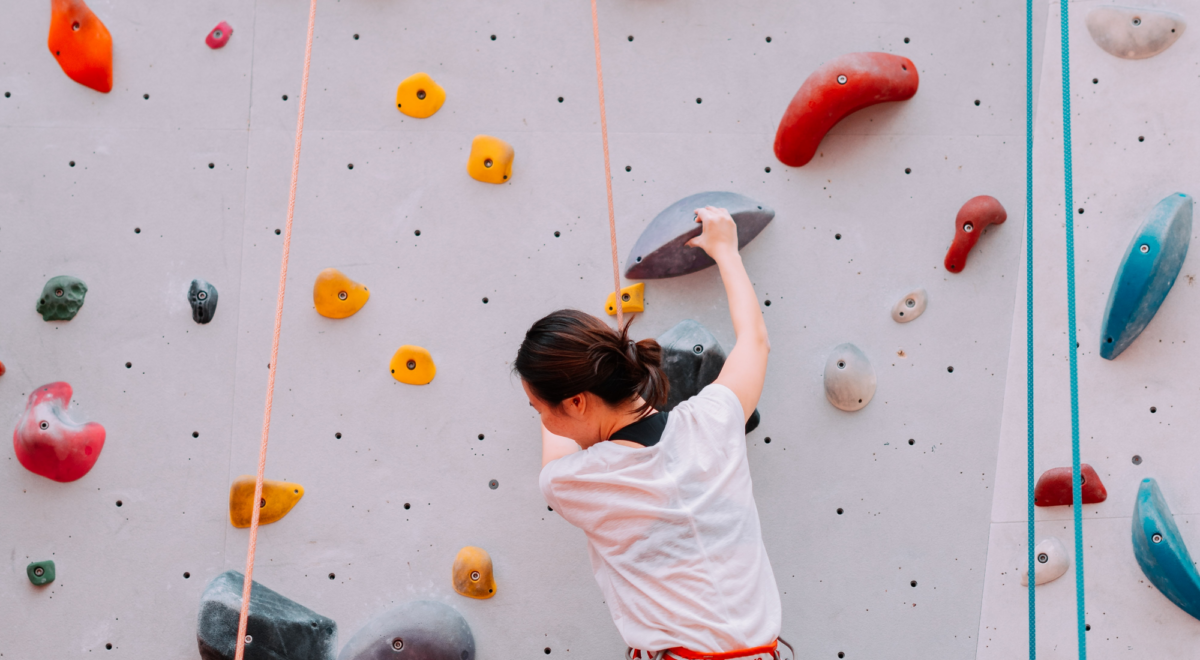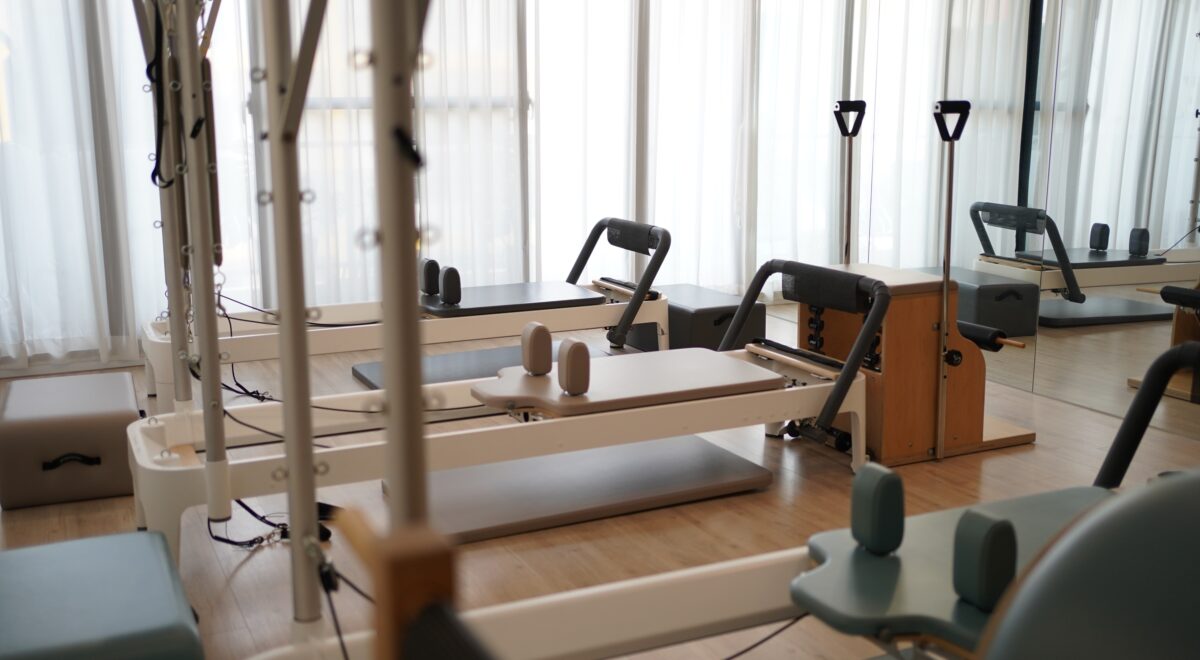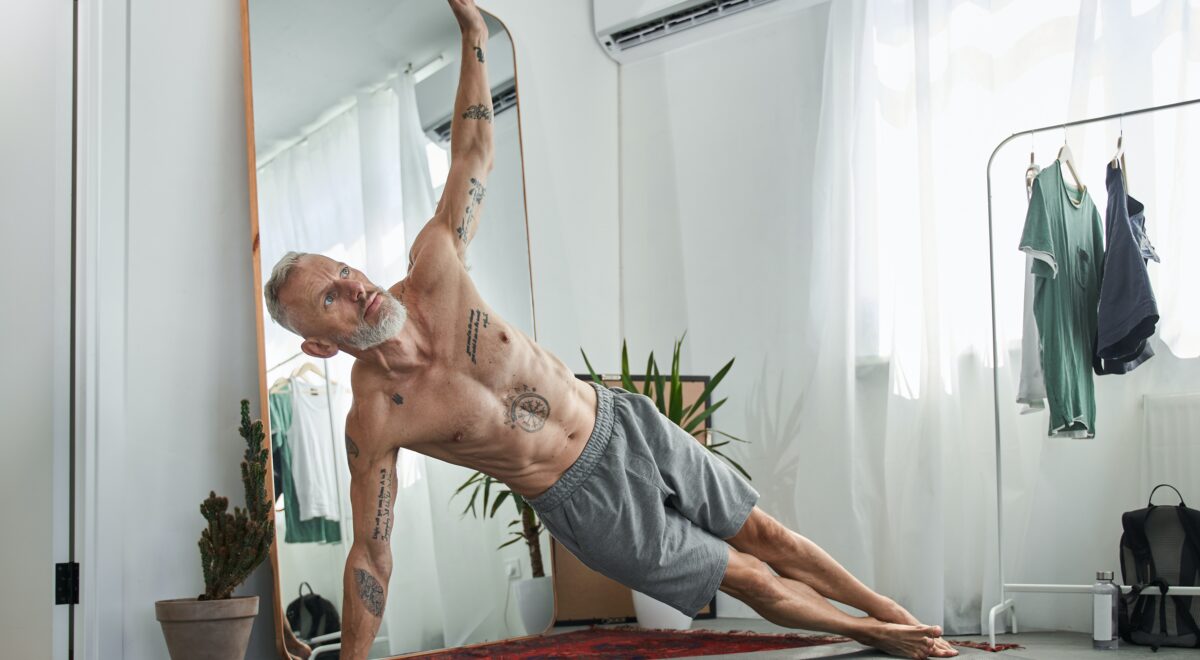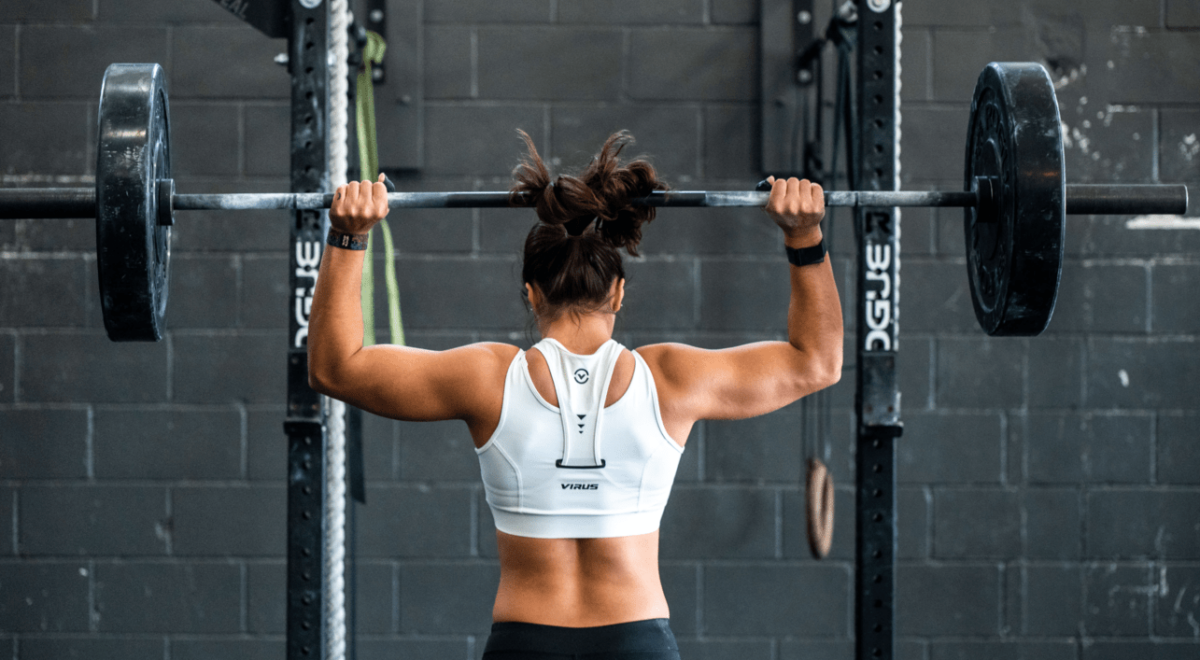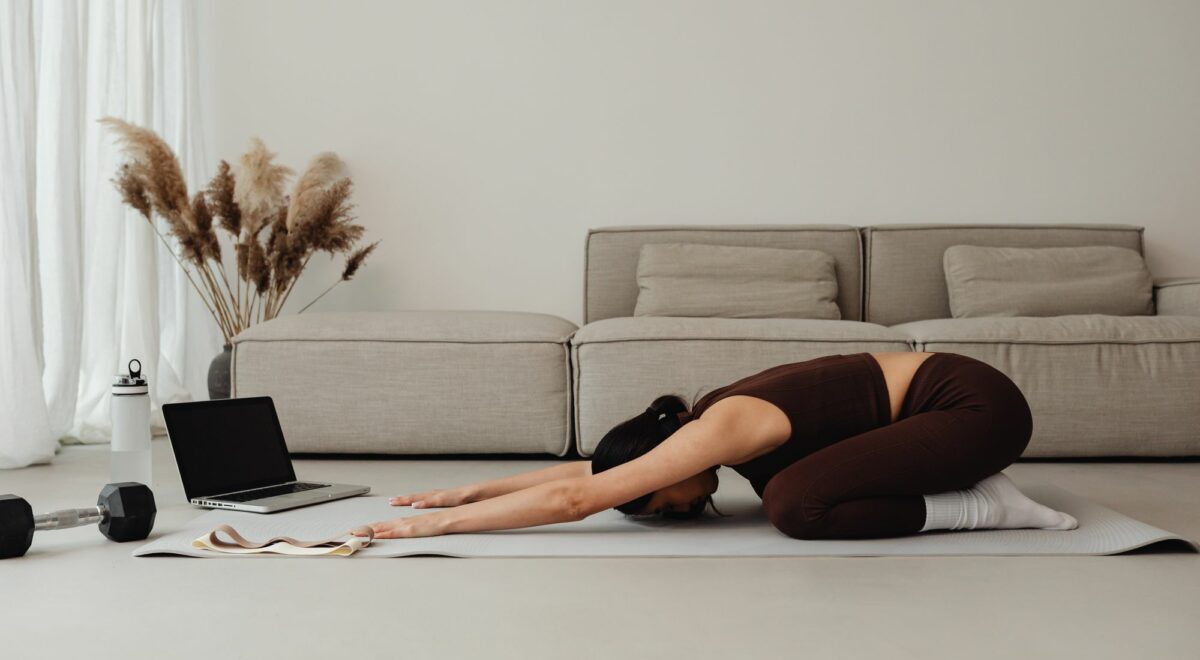Ultimate Guide to At-Home Strength Training Without Equipment
Introduction
Strength training is a cornerstone of fitness, essential for building muscle, burning fat, and enhancing overall health. Experts recommend 3-5 sessions a week to maintain good health & if you find it hard to get to the gym to complete your workouts, this guide underscores the convenience and effectiveness of at-home workouts, helping you achieve your fitness goals without expensive equipment or gym memberships. Embrace the philosophy that the best gym is the one you can visit every day—your home.
The Philosophy Behind Equipment-Free Workouts
At-home strength training leverages one of the most accessible resources available—your own bodyweight. This approach champions the benefits of minimalism in fitness, advocating for the power of simplicity for consistency and long-term success in your fitness journey.
The Advantages of At-Home Workouts
Cost-effectiveness, time efficiency, and flexibility stand out as the primary benefits of exercising at home. Not only do you save on gym fees and travel time, but you also gain the freedom to workout whenever your schedule allows, truly making your fitness routine your own.
Essential Components of Strength Training
Effective strength training targets endurance, strength, flexibility, and balance. With carefully selected bodyweight exercises, it’s possible to engage all these components, ensuring a well-rounded approach to fitness that promotes overall health and well-being.
Designing Your At-Home Workout Space
You don’t need a lot of space to begin your strength training routine—a small, clear area is sufficient. The key is to create a dedicated space that is inviting and conducive to regular exercise, helping you to stay committed to your fitness goals.
Beginner Bodyweight Workout Routines
Familiarizing yourself with basic bodyweight movements is the first step toward building an effective strength training regimen. Proper form is crucial to prevent injury and maximize the benefits of each exercise. If you’re unsure about your form, consult a fitness professional & consider taking a few months of online classes where they can help you perfect your technique.
Sample Workout Plan: No Equipment Needed
This simple workout plan focuses on basic exercises to target the entire body, improve strength, and increase cardiovascular health. Aim to perform this workout 3-4 times per week, with a day of rest between sessions to allow for recovery.
Warm-Up (5-10 minutes)
- Jog in Place: 2 minutes to get the heart rate up.
- Arm Circles: 30 seconds forward, then 30 seconds backward.
- Leg Swings: 15 swings each leg, front to back and side to side.
- Bodyweight Squats: 10 repetitions to warm up the legs and lower back.
Main Routine
- Squats
- Sets: 2-3
- Reps: 10-15
- Focus: Quads, hamstrings, glutes, and core.
- Push-ups (Knee push-ups for beginners)
- Sets: 2-3
- Reps: 8-12
- Focus: Chest, shoulders, triceps, and core.
- Planks
- Sets: 2-3
- Duration: 20-30 seconds initially, increasing as you get stronger.
- Focus: Entire core, including the abdominals and lower back.
- Lunges
- Sets: 2-3 per leg
- Reps: 8-12
- Focus: Quads, hamstrings, and glutes.
- Glute Bridges
- Sets: 2-3
- Reps: 10-15
- Focus: Glutes, hamstrings, and core.
- Mountain Climbers
- Sets: 2-3
- Duration: 30 seconds
- Focus: Cardiovascular system, core, shoulders.
- Tricep Dips on a Chair
- Sets: 2-3
- Reps: 8-12
- Focus: Utilizes a chair or low table to work the triceps, shoulders, and lower chest. Ensure your hands are shoulder-width apart on the chair behind you, and lower your body until your arms are at a 90-degree angle before pushing back up.
- Supermans
- Sets: 2-3
- Reps: 10-15
- Focus: Strengthen the back muscles, shoulders, and glutes. Lie face down on the floor, extend your arms in front of you, and lift your legs and arms off the ground as high as comfortable.
Cool Down (5-10 minutes)
- Stretching: Spend time stretching all the major muscle groups you’ve worked. Include hamstring stretches, quad stretches, arm stretches, and shoulder stretches. Hold each stretch for at least 30 seconds without bouncing.
Things to remember
- Form Over Quantity: Focus on maintaining good form throughout each exercise to maximize benefits and reduce the risk of injury.
- Progress at Your Own Pace: As you become more comfortable with the routine, gradually increase the number of sets, reps, or the duration of the planks and mountain climbers.
- Stay Consistent: Aim to complete this workout plan regularly each week and track your progress. Consistency is key to seeing improvements.
- Listen to Your Body: If an exercise feels too challenging, modify it to suit your current fitness level, or take extra rest as needed.
Progressing Your Workouts
As you grow stronger, challenge yourself by adding more sets, reps, or decreasing rest times between sets. Experiment with exercise variations to keep your workouts challenging and engaging. The key to a successful fitness routine is setting achievable goals and keeping track of your progress. Diversify your workouts to keep them exciting, and establish a routine to make exercise an integral part of your daily life.







